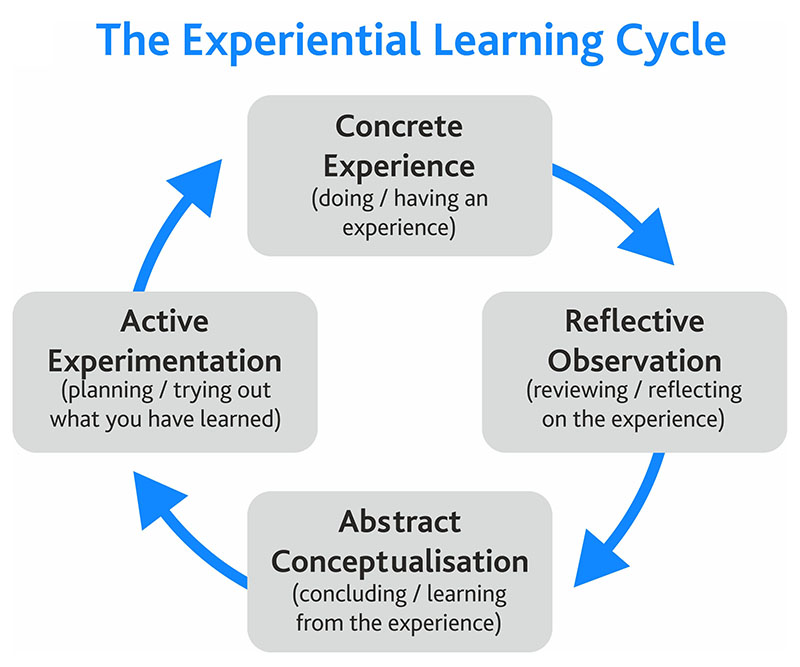Hi Alistair, Brian, and Yulu,
Thank you for sharing your group’s interactive learning resource. The topic of your group’s project is about “Happiness”. Personally, I totally agree that happiness is a very abstract concept, which is difficult to define and describe. Different people may have different definitions and experiences on feeling happy.
Layout and Structure
It’s very clear and organized for me to participate in your group’s project. The use of highlighted titles makes it easier and clearer for me to find and learn from. I liked that you use a chart to present an overview of your project’s assessment plan with different learning goals, types of assessment, and formats of assessment. It’s very clear and brief for me to better understand what your learning assessments are and what learning goals people will achieve directly.
Learning Outcomes
The learning outcomes that your group presented are quite clear. All the three learning outcomes you provided are closely related to the topic of your project and can make learners to have a much better and learning of this topic.
Learning Theory and Learning Design
It’s very great to see that your group use the learning theory of constructivism to design and create this project. As I described above, the concept of “Happiness” is very abstract and wide and different people may have different experiences, reflections, and definitions on this concept; therefore, I totally agree with your group’s idea about that compared with teaching of knowledge to the learners directly, it will be more effective and meaningful for asking learners to construct their knowledge about “happiness” based on their own experience or reflections in your project. I think the use of this learning theory in your project is quite meaningful, valuable, and significant. Also, the learning design of your group’s project is about direct instruction. In my opinion, direct instruction focuses more on teacher-directed teaching method. Although there are many different types of assessment in your group’s project, how can you (instructors) give instant feedbacks to your learners in order to help them to solve their problems and how can you ensure that they understand all the learning content specifically. I might have missed something in your learning assessment, so let me know and correct me if I am wrong or miss something important.
Assessment Plan
I really liked how your group designed the learning assessment of the project. There are three main types of learning assessment: pre-assessment, formative assessment, and post-assessment. In my opinion, the use of different types and formats of assessment can not only help learners to better understand their learning materials, but also can make their learning process become more interactive and effective. It’s very clear, easy and organize for me to see your learning assessment.
Inclusive Design
I found the examples and description your group provided for both English language learners and learners with hearing difficulties are clear and informative. I liked that you provided video translators to your learners directly in order to help them to understand the content on the video. I think this can help both the two groups of learners clearly and specifically.
Suggestions
From your assessment plan, I found that your project included a few effective interactive learning assessment and online discussions, such as describing your own understanding of happiness with other people and providing some examples about finding happiness. However, your project did not provide too much description about what kinds of online discussion tools your group might use in this project? How can your learners participate in the learning assessment and interact with their peers directly? I suggest you to provide more detailed information about the technology choices, but correct me if I’m wrong or missing something about this online technology.
In my opinion, your group’s interactive learning resource is very meaningful and clear. Thank you for all of you.



Recent Comments